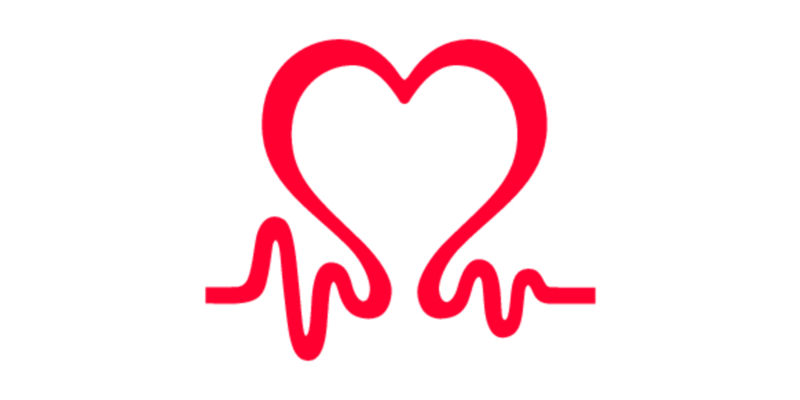Sometimes when a vehicle reaches the end of its life the only thing to do is ship it off to a car recycler or, as the industry refers to them; Authorised Treatment Facilities (ATFs).
You may choose to get your car recycled for a variety of reasons but regardless of whether it’s due to a failed engine or MOT, crash damage or just old age, you’ve come to the right place. Not only can we arrange for your car to be recycled but we’ve also created this guide to showcase the different steps a vehicle goes through when it is being recycled in an environmentally friendly and safe manner.
What Is The Process Of Recycling A Car?
Once a vehicle has reached the end of its life it will be taken to an Authorised Treatment Facility where it will go through the following three stages:
1: Depollution
2: Dismantlement
3: Destruction.
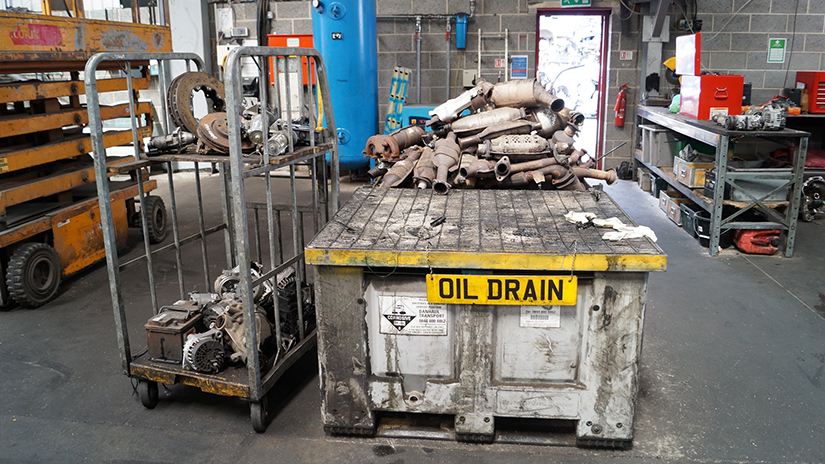
DEPOLLUTION
When car recycling goes through the depollution process it means that it is having all of the hazardous materials or components safely removed as required by the Environmental Agency. Depollution is important because end of life vehicles have various elements with the potential to harm the environment. Windscreen wash, coolants, antifreeze, batteries, oil and fuel are all examples of contaminants which need to disposed of with care to protect both the environment, and people, as if one of those substances were to enter the food chain or water supply, it would create an array of health problems. These substances must therefore be removed by professionals to ensure that they are disposed of properly.
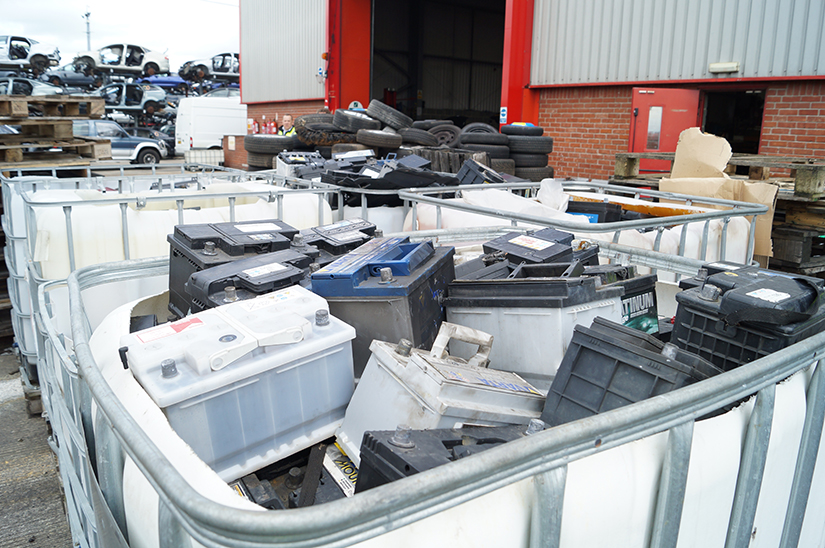
Once a qualified person has depolluted a vehicle the parts will be stored and passed on to specialists who will break them down to reuse as something else. For example; tyres are often shredded and broken down into pellets before being reused as football pitch flooring. Whereas car batteries will be removed and either sold as spares, or disassembled for their components. Battery components include; distilled water, silver, lead, acid and plastic and once the ATF has neutralised the acid and purified the water for safe disposal, they will then melt down the metals to be repurposed. Only ATF’s can do this as all hazardous substances must be recycled and disposed of by licensed specialists.
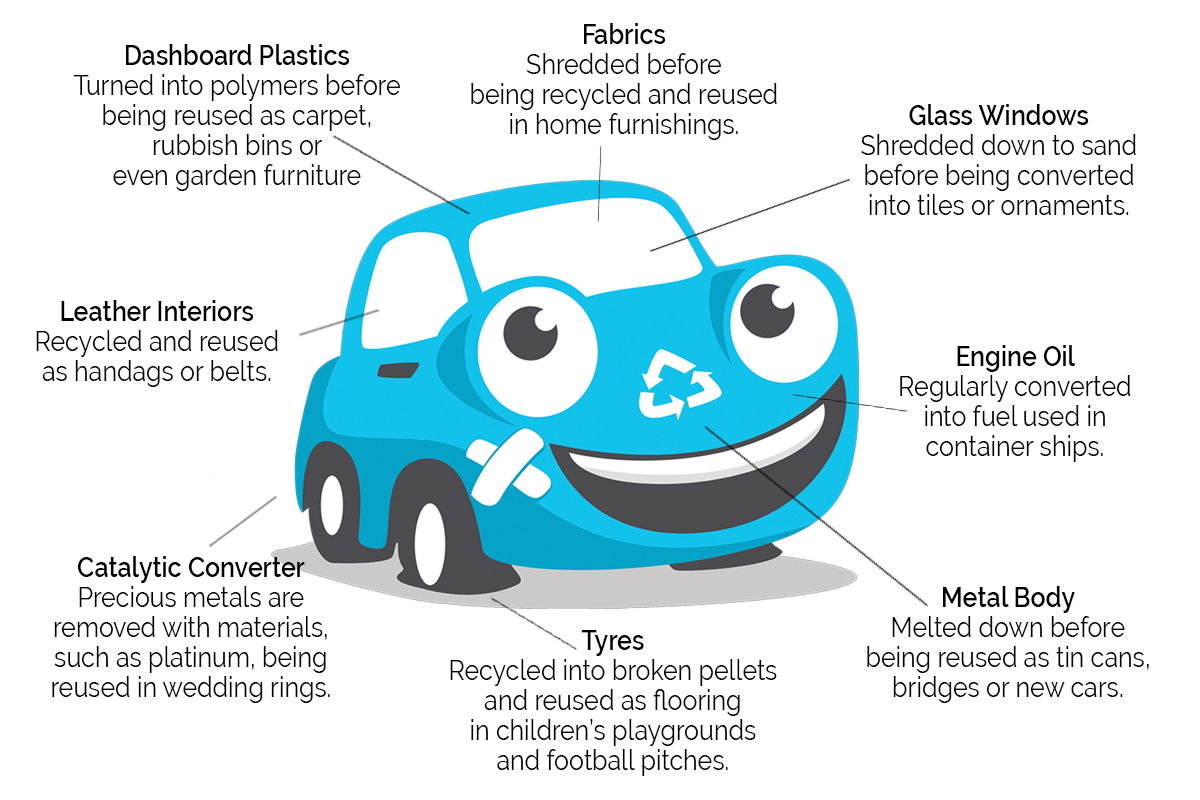
When a vehicle goes through a depollution process, the following vehicle’s fluids are drained.
This part of the depollution process involves removing all of a car’s fluids liquids safely. This will include the liquids mentioned earlier and they will undertake various techniques including; filtration, distillation and reverse osmosis. Once these substances are drained the vehicle’s chambers will be flushed through to ensure that no residue remains in the vehicle.
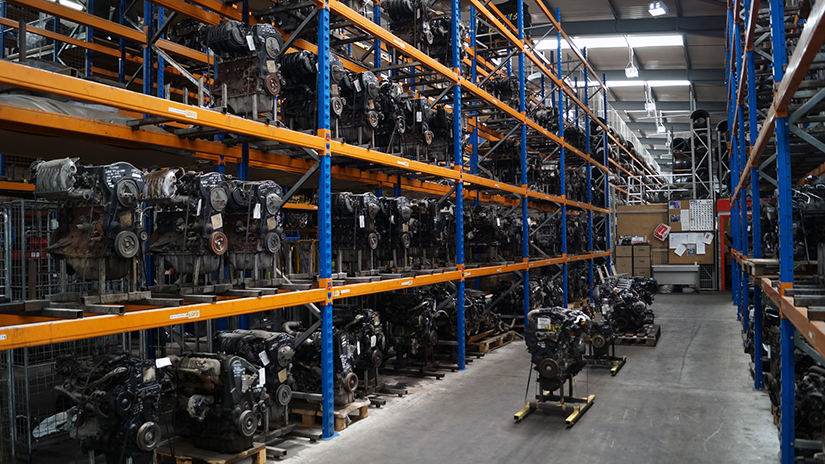
DISMANTLE
Once the hazardous liquids have been removed, the vehicle will be dismantled. This process involves:
Recycling Catalytic Converters
Palladium, Rhodium, and Platinum are just some of the precious metals found in catalytic converters. These metals are removed and reused in various pharmaceutical products, electronics and even jewelry – including wedding rings! Alternatively they can be reused in the production of new catalytic converters. However, regardless of what the catalytic converter is reused for, it should only ever be recycled by a trained professional as once the ceramic interior is opened and exposed to the air it is considered hazardous waste.
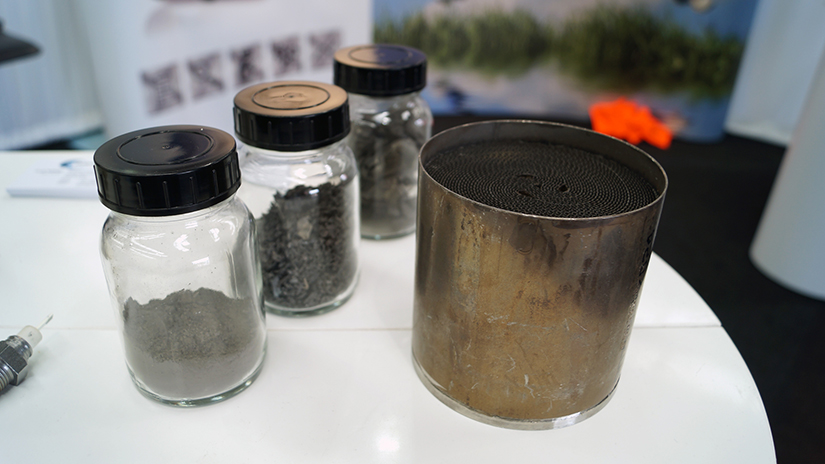
Recycling Car Tyres
As far as materials go tyres have always been one of the harder materials to source a second use for. If the tyres are only part worn then they can be used again on another vehicle, but if not recent developments have found interesting new uses for them. In their raw form, before they are melted down, tyres are often used as roadbeds on race tracks or running track material, or as playground mulch.
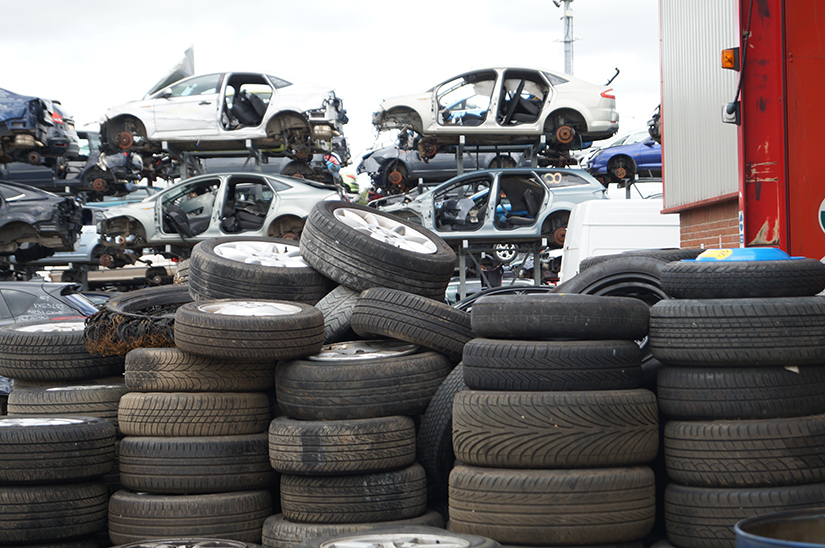
Recycling Glass
Glass is an incredibly versatile material and due to its composition can be recycled over and over again. Uses for glass can be anything from; more glass, ornaments, tiles, doorknobs or it can even be shredded down into builder’s sand.
DESTROY
Once the vehicle has been depolluted and dismantled it’s time for destruction… Which we mean quite literally because once the vehicle has been deconstructed, the metal shell of the car will be crushed and sent to a metal mill. When a vehicle is destroyed it will go through the following process:
Magnetic Separation: Typically, the majority of steel is magnetic and so it’s relatively easy to separate from other recyclable materials such as plastic.
Detinning: Most vehicles have a thin layer of tin over them which prevents the vehicle from rusting. This is great on a car however it is not necessary when a vehicle is being scrapped and recycled, and so the thin layer of tin is removed. This is done by a process called ‘detinning’ and happens by placing the scrap in a hot caustic soda solution which dissolves the tin coating. Once this has been done the tin can then be recovered in a variety of ways, including; evaporation and crystallisation using sodium stannate, electrolysis or using hydrous stannic oxide and acid.
Melting: Once the steel has been separated and the layer of tin removed, the steel is placed into a furnace to be melted down. Once this is done the steel will be poured into casters and rolled into new steel flat sheets. This process can be done repeatedly without the steel losing any of its strength and when the steel is repurposed into flat sheets it can reused again as many things, including; cars and construction materials such as Rebar; a material commonly used in the construction industry to strengthen and frame concrete structures.
Statistics show that this method of recycling steel uses 75% less energy and resources than producing new steel from iron ore. In fact, recycled metals actually account for around 30% of metal production worldwide! Since the year 2000 the End Of Life Vehicles Directive set and met an initial target of recycling 85% of end of life vehicles and due to its success, as of last year the target of recycling has increased to 95%. As a result of current UK legislation regarding the recycling of scrap vehicles, Authorised Treatment Facilities are required by law to make the process of recycling an end of life vehicle as simple, and as easy, as possible. Because of this a vehicle’s owner is entitled to a free method of disposal when the vehicle reaches the end of its life, and as a result the owner shouldn’t have to pay for the removal of their vehicle. However, there are some companies who will purchase vehicles to take to ATFs themselves, who will try and charge for the collection of a scrap vehicle.
When recycling a vehicle through our service you don’t have to worry about this, or any other fees, as we ensure that disposing of your end of life vehicle never costs you a penny – in fact quite the opposite because you’re the one being paid for the vehicle! There are never any hidden fees or collection charges and the buyers available through our nationwide network always ensure that collections are arranged for a mutually convenient date.

